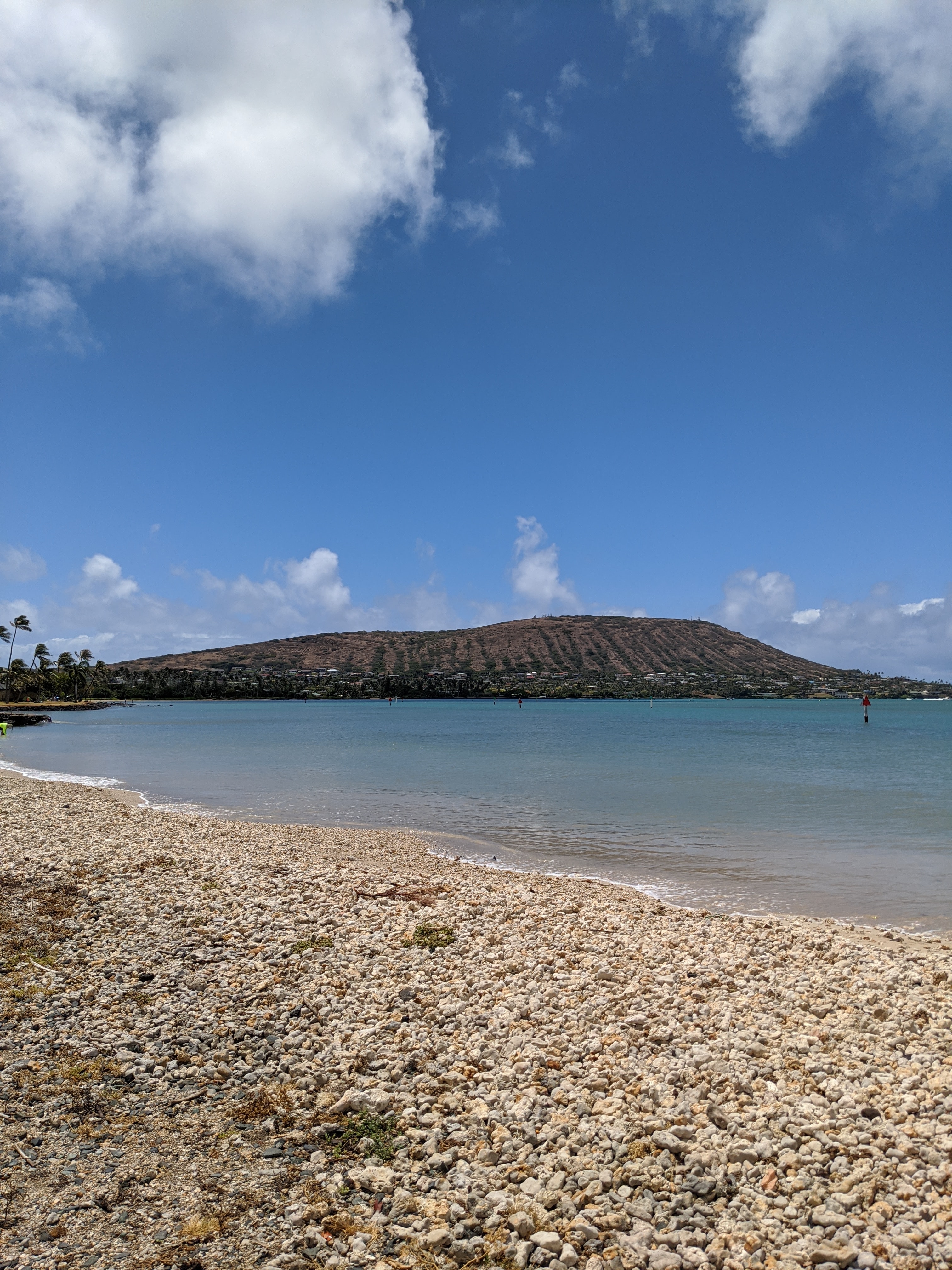Optimal Green Infrastructure: Reducing Stormwater Pollution in Maunalua Bay, O'ahu, Hawai'i

High runoff from urban areas has negative impacts on receiving water bodies. In Hawai'i, this problem is exacerbated by the natural landscape, which rapidly changes from steep ridges to low-lying valleys nearshore. Maunalua Bay, a region located on the southeastern coast of O‘ahu, has been declared an impaired water body by the Hawai‘i Department of Health due to high levels of nutrients and pollutants. Nine highly urbanized watersheds feed into Maunalua Bay, and runoff during storms deposits harmful sediment and pollutants into the Bay. To improve the health of Maunalua Bay, this project utilized hydrologic modeling to determine the runoff-reduction potential of green infrastructure under climate change projections. We created hydrologic models to determine areas of high runoff to guide where to prioritize green infrastructure placement within the urbanized environment. Green infrastructure is a useful means to capture runoff before it enters a waterbody. Targeting strategic locations for runoff reduction practices, such as green infrastructure, can reduce the quantity of runoff that feeds into Maunalua Bay, improving water quality. We also conducted a climate change analysis by modeling how future precipitation projections might influence regional runoff patterns. Our results can serve to inform stormwater management practices that prioritize green infrastructure placement in high runoff locations modeled under current and future climate scenarios.
Acknowledgements
Bren School: Samantha Stevenson, Assistant Professor; Scott Jasechko, Assistant Professor; Arturo Keller, Professor
Natalie Dornan, PhD Candidate, Marine Science Institute
Mālama Maunalua: Doug Harper, Executive Director; Pam Weiant, Director of Science and Planning
Lauren Roth Venu, Founding Principal & Project Director, Roth Ecological Design
DiPaola Foundation